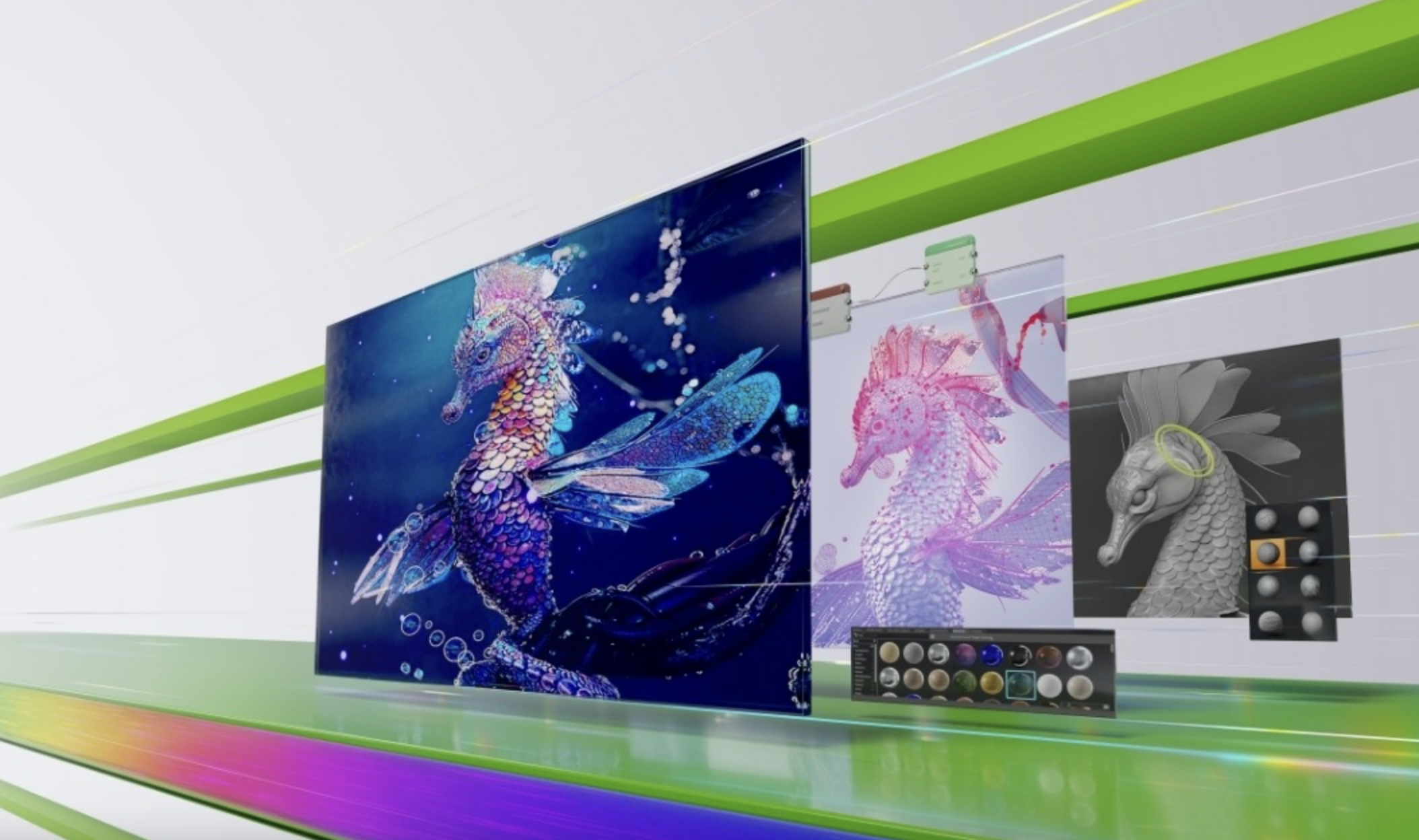
Nvidia RTX, once primarily centred around gaming, is now a driving force across a range of creative industries. By leveraging advanced ray tracing and AI, Nvidia is now turning its attention to enhancing creative applications such as V-Ray, Adobe Photoshop, and Blender Cycles. As a result, RTX technology is quite simply revolutionising the way creatives, such as artists and designers, are working.
The power of Nvidia RTX has traditionally been showcased in gaming, where it has transformed visual fidelity but its capabilities now extend far beyond entertainment (such as in Star Wars Outlaws). The same technologies that bring life to virtual worlds now enhance creative workflows in fields like 3D modelling, animation, video editing and more. Indeed, you can find a complete list of digital art, graphic design, 3D modelling, rendering and animation software accelerated for Nvidia RTX on the Nvidia blog - it's well worth reading.
Nvidia RTX is not just a gaming technology but is instead burrowing itself deep into the workflows of many creative applications. By providing artists and designers with the tools they need to push boundaries, RTX is very much shaping and enabling the future of creativity. Read our guide to the best Nvidia graphic cards for more details, or it's why you'll find crossover in our guides to the best laptops for gaming and the best laptops for 3D modelling. The benefits of RTX technology are numerous but three are worth mentioning:
- Real-time Ray Tracing: Artists can now experience the benefits of ray tracing in real-time, allowing for more accurate lighting, reflections, and shadows in their projects. This level of realism was previously only achievable through offline rendering due to the computational complexity.
- AI-Powered Tools: RTX-powered AI tools are also able to automate repetitive tasks, such as denoising images or upscaling video. This really frees up creatives to focus on other areas of the creative workflow. Additionally, AI can assist in generating creative ideas, providing inspiration, and even creating initial concepts.
- Enhanced Performance: RTX technology also provides the performance boost needed for demanding creative applications. This allows for real-time rendering that would previously have been unimaginable.
NVIDIA RTX is not just a gaming technology but is instead burrowing itself deep into the workflows of many creative applications. By providing artists and designers with the tools they need to push boundaries, RTX is very much shaping and enabling the future of creativity.
Nvidia RTX and photography: speedy photo editing
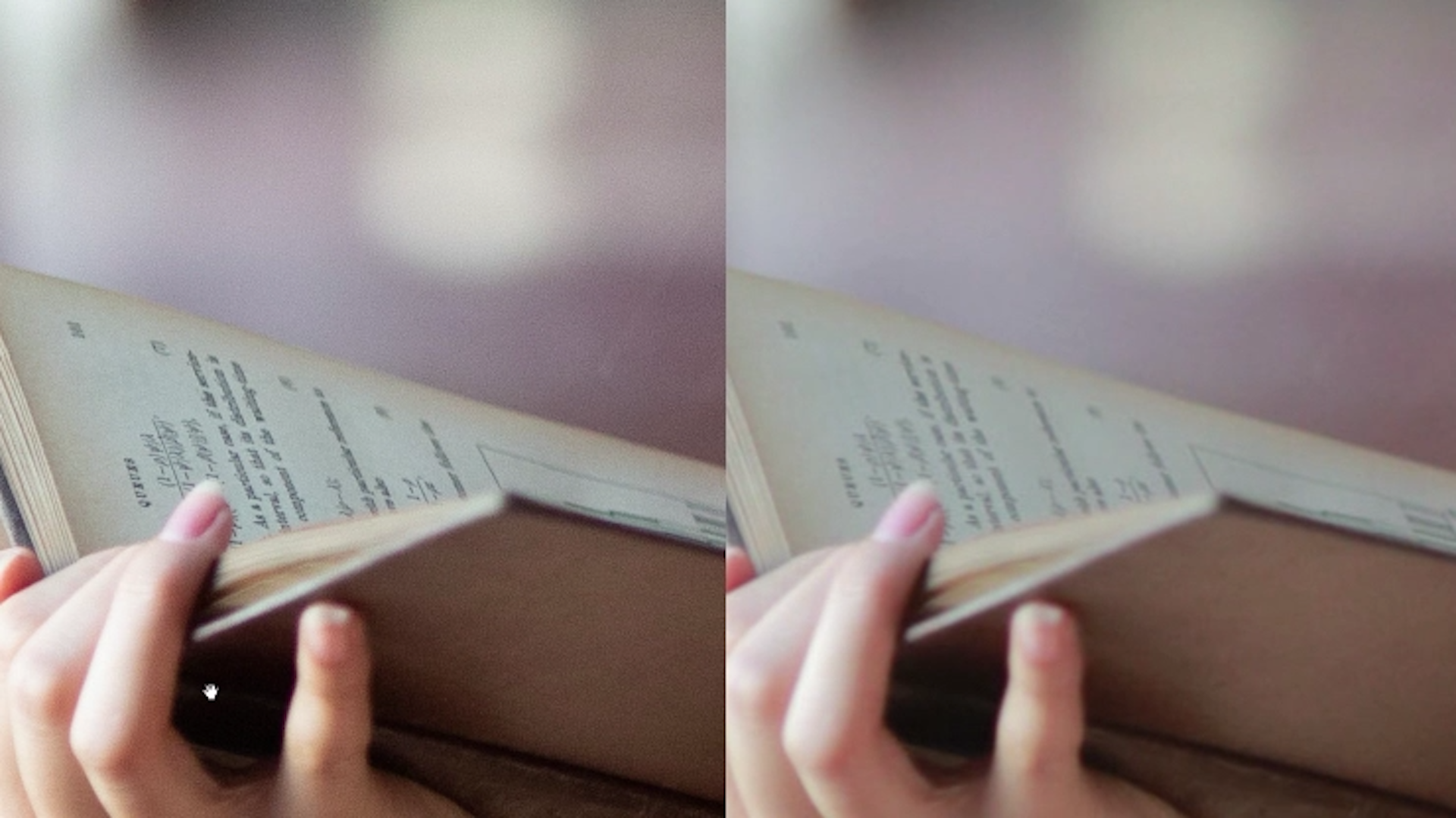
AI tools are becoming commonplace in cameras and photo capture applications but capturing images is really only the beginning of what AI technology is capable of enhancing.
One area of photo-editing and post-production that has been notoriously slow has been the application of effects. For example, Adobe has been adding more and more AI features to Lightroom and it is now possible to apply over 30 GPU-accelerated effects, including AI tools that are guaranteed to enhance your artwork, with the recent lens blur joining older AI-powered masking tools. When using an Nvidia RTX GPU these tools get a performance boost, speeding up workflows and improving performance.
Topaz Labs apps have also benefited in recent years from Nvidia RTX acceleration, with performance boosts to fast denoising of images in Topaz Labs Denoise AI, imagine enlarging in Topaz Labs Gigapixel AI, and quick image sharpening in Topaz Labs Sharpen AI. Read more about Topaz Labs in our guide to the best photo editing software.
Nvidia RTX and video editing: handling large data
Premiere Pro (Video editing)
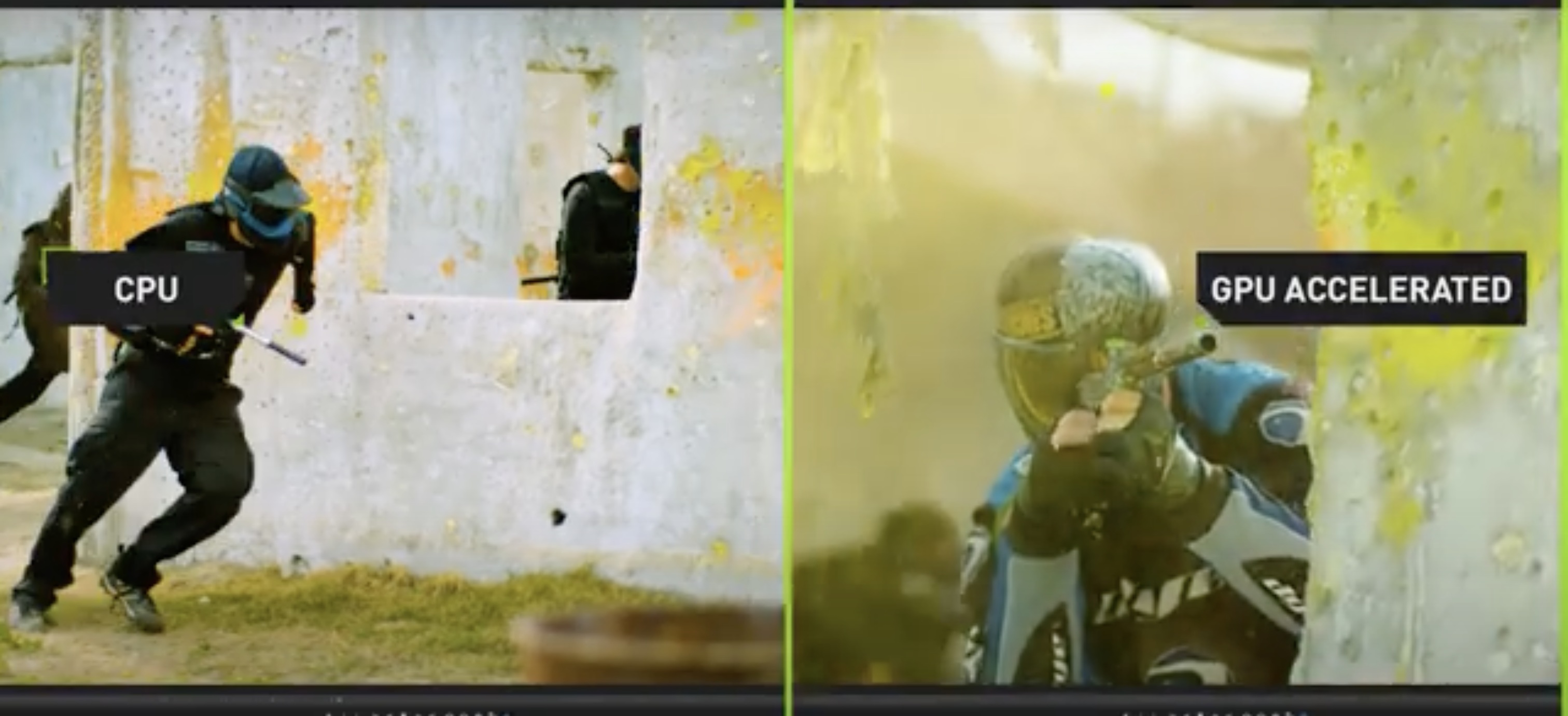
With the expected resolution of video projects jumping from HD to 4K and even higher, there is a significant demand for hardware that can process that amount of data faster. Nvidia RTX GPUs contain tensor cores that are specifically designed to provide the AI performance that is required. Additionally, dedicated encoders and decoders accelerate video tasks significantly.
All of this means it is possible to edit up to 12K resolution in real time. That is unbelievable. The requirement to pre-cache files is done away with, significantly speeding up workflows. All you need to worry about is having the storage to cope with the massive files.
One key application that has been enhanced with Nvidia RTX is DaVinci Resolve. The latest version of Blackmagic Design's industry standard video editing software, DaVinci Resolve 19, features AI tools that are accelerated on RTX GPUs by NVIDIA TensorRT. IntelliTrack AI is a point tracker for object tracking, stabilisation and audio panning, while UltraNR uses AI for spatial noise reduction, and both are boosted by Nvidia RTX and Tensor Cores, resulting in very fast render times and workflows.
Read our DaVinci Resolve 19 review for our verdict and our report on DaVinci Resolve 19's AI tools for more details.
Nvidia RTX, graphic design & digital art: work faster
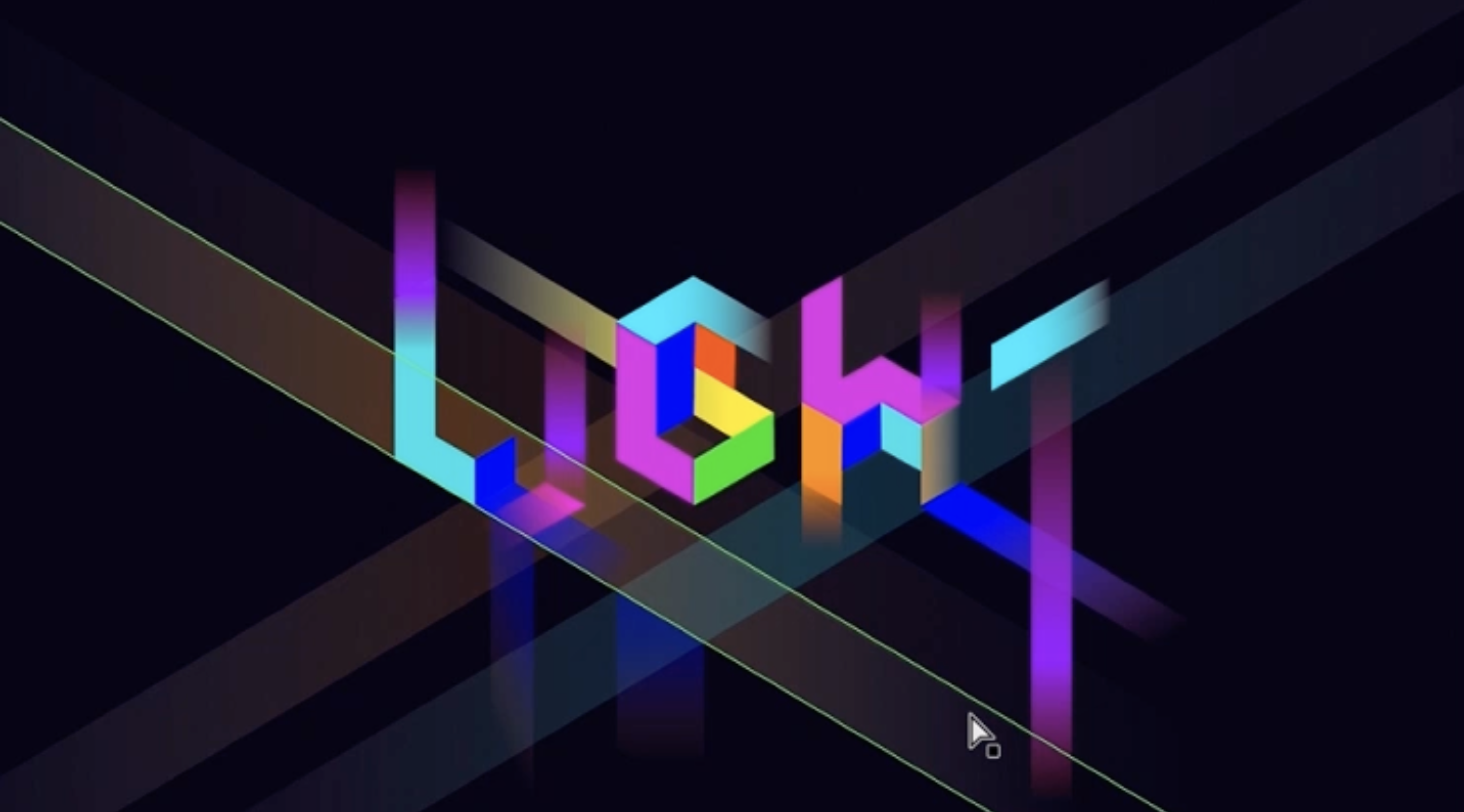
Adobe Illustrator is just one of the Adobe Creative Cloud that benefits from the latest Nvidia RTX technology. As a result, illustrators are able to work quicker than ever. GPU-acceleration allows for over 30 filters and effects to be processed quickly and efficiently. This means that tasks can be completed almost twice as quickly on a GeForce RTX 4050 compared to a CPU (Intel i7 12800H).
Additionally, Adobe Stager boasts new Nvidia RTX powered tools that enable artists to transform 2D art into 3D visualisations. This is all possible through the Nvidia Studio Drivers.
Photoshop has been a longstanding beneficiary of Nvidia RTX accelerated features, with core tools and features like object selection, liquify, smart sharpen and perspective warp all getting a boost. Newer AI tools for complex workflows are where Nvidia RTX can really offer a boost, including neural filters for photo restoration, super resolution for upscaling images in seconds and for automatically refining colour in detailed RAW images. Read more on Photoshop's AI accelerated tools at the Nvidia blog.
Nvidia RTX, 3D art & rendering: crucial benefits
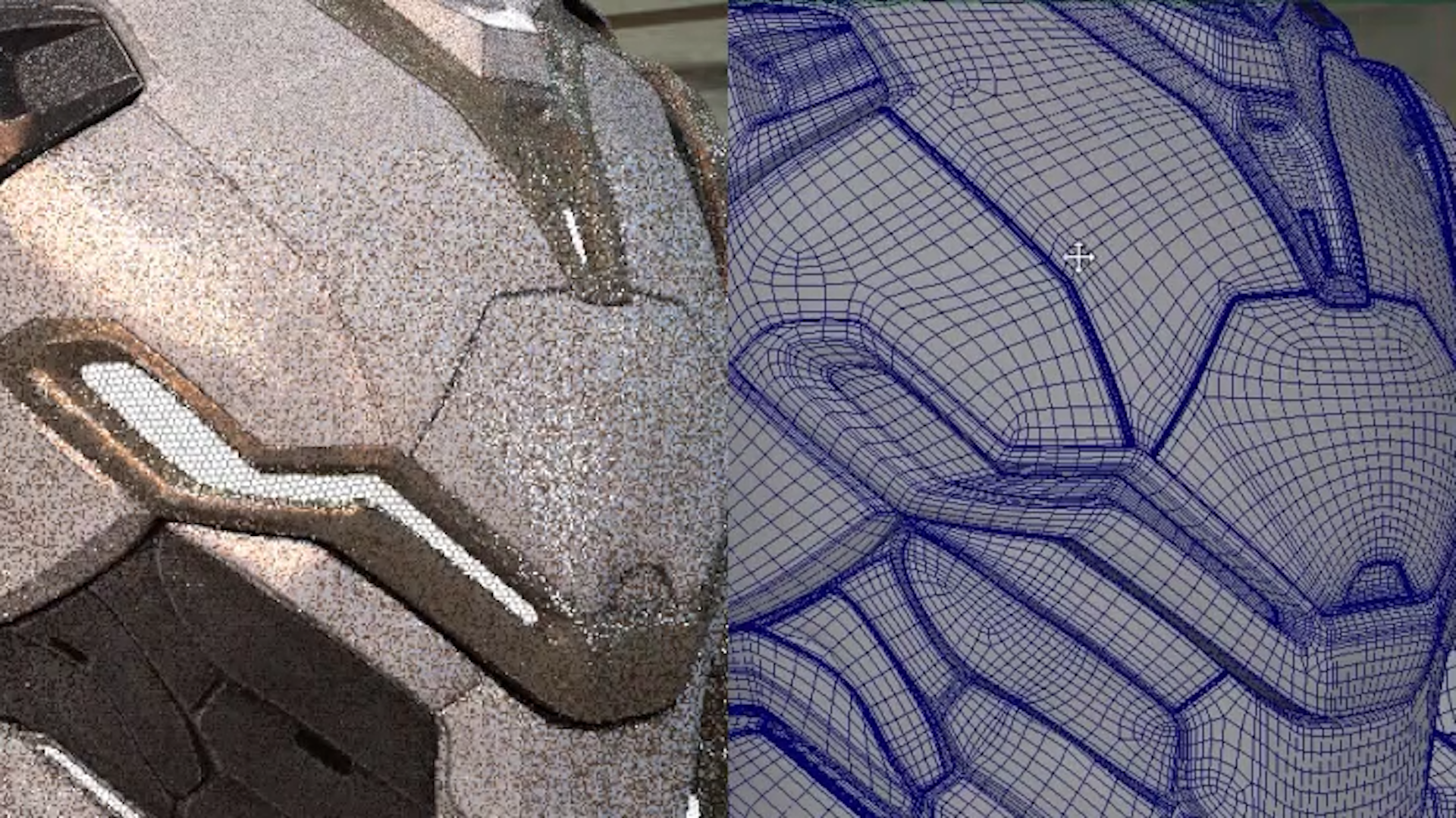
It shouldn't come as a surprise that most top tier 3D applications and digital content creators (DCCs) get a performance bump and acceleration when using an Nvidia RTX GPU. Blender Cycles, for example, is already an incredibly quick and efficient renderer but with Nvidia RTX GPUs, it becomes possible to create and visualise virtual worlds in a fraction of the time.
Physically based results can be achieved thanks to accelerated ray tracing. This marks a noticeable performance improvement compared to artists stuck on non-RTX GPUs. As a result, users can now render up to 4.5X faster on the GeForce RTX 4090 compared to the Apple MacBook Pro M2 Max.
Additionally, some of the performance improvements centre around AI denoising and DLSS 3.5, as well as the ability to accelerate your 3D app workflows in real time with NVIDIA Omniverse.
When using Nvidia Studio Drivers many 3D apps and renderers, including Adobe's suite of Substance 3D apps, as well as 3ds Max and Maya, Arnold Renderer, Blender and Cinema 4D. Unreal Engine 5 is quickly becoming a standard 3D DCC for most industries, and its list of RTX-accelerated features include faster rendering for high fidelity virtual production and game development, NVIDIA DLSS to improve interactivity of the viewport without losing detail and PhysX support faster real-time ray tracing.
Nvidia RTX and Archviz: faster ray tracing
V-Ray (Archviz)
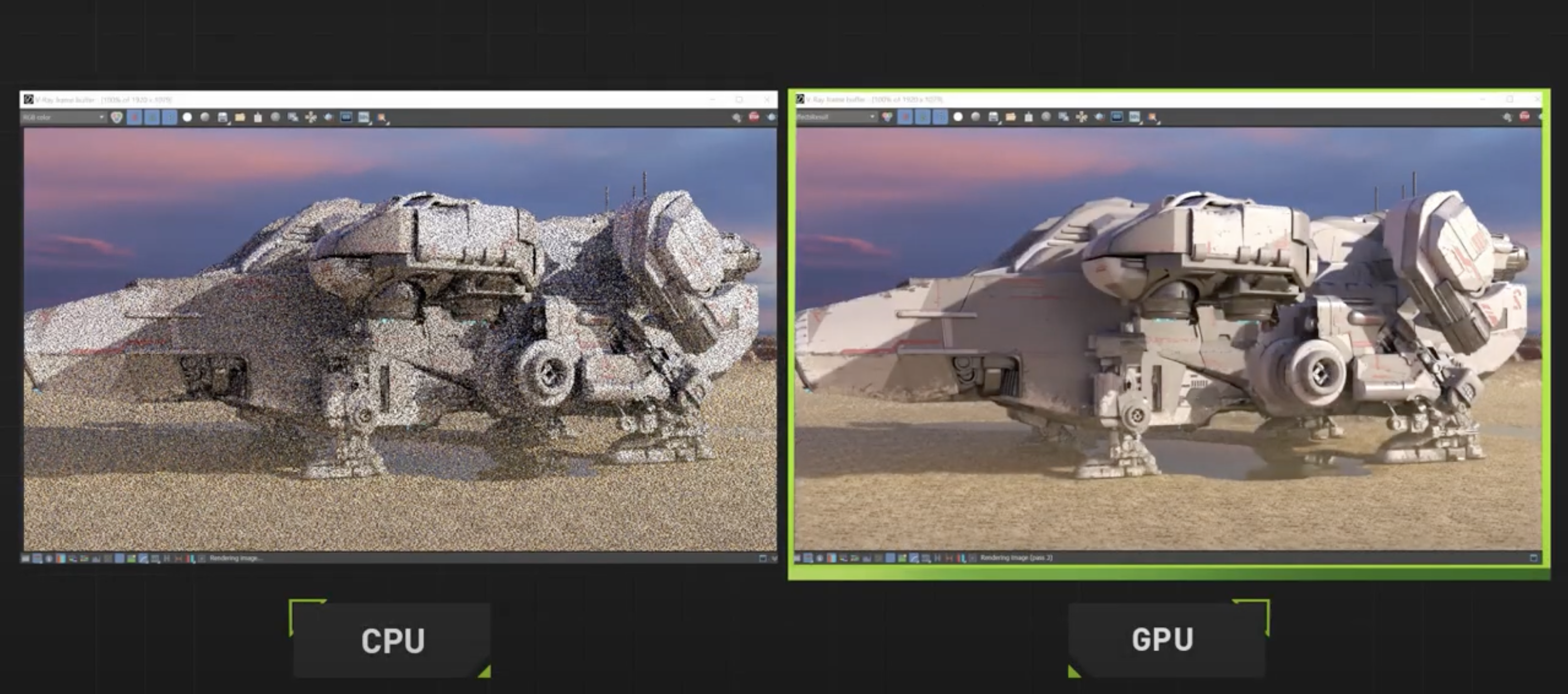
Not only is Nvidia RTX influencing Blender Cycles with a particular focus on 3D animation, but we're also seeing the same hardware benefits in architectural visualisation (Archviz) with Chaos V-Ray and Chaos Vantage. Nvidia RTX technology allows for GPU-accelerated ray tracing and DLSS, which are both integral to creating physically accurate visualisations that render quickly.
Nvidia, through Nvidia Studio Drivers, also makes it possible to dynamically view massive structures and environments with Nvidia RTX GPU-accelerated ray tracing in Enscape.
There are a number of GPUs across the Nvidia RTX range and results will vary depending on which you choose. According to Nvidia's data, when rendering with V-Ray, results are rendered in half the time on the GeForce RTX 4090 compared to the RTX 4060.
SketchUp 2024 is another 3D app used widely in Archviz and has been accelerated when using Nvidia RTX, its new graphics engine runs 4.5x faster FPS on an Nvidia RTX 4090 when compared to the Mac M2 Ultra. Read more on the SketchUp blog and our guide to the best laptops for CAD.







